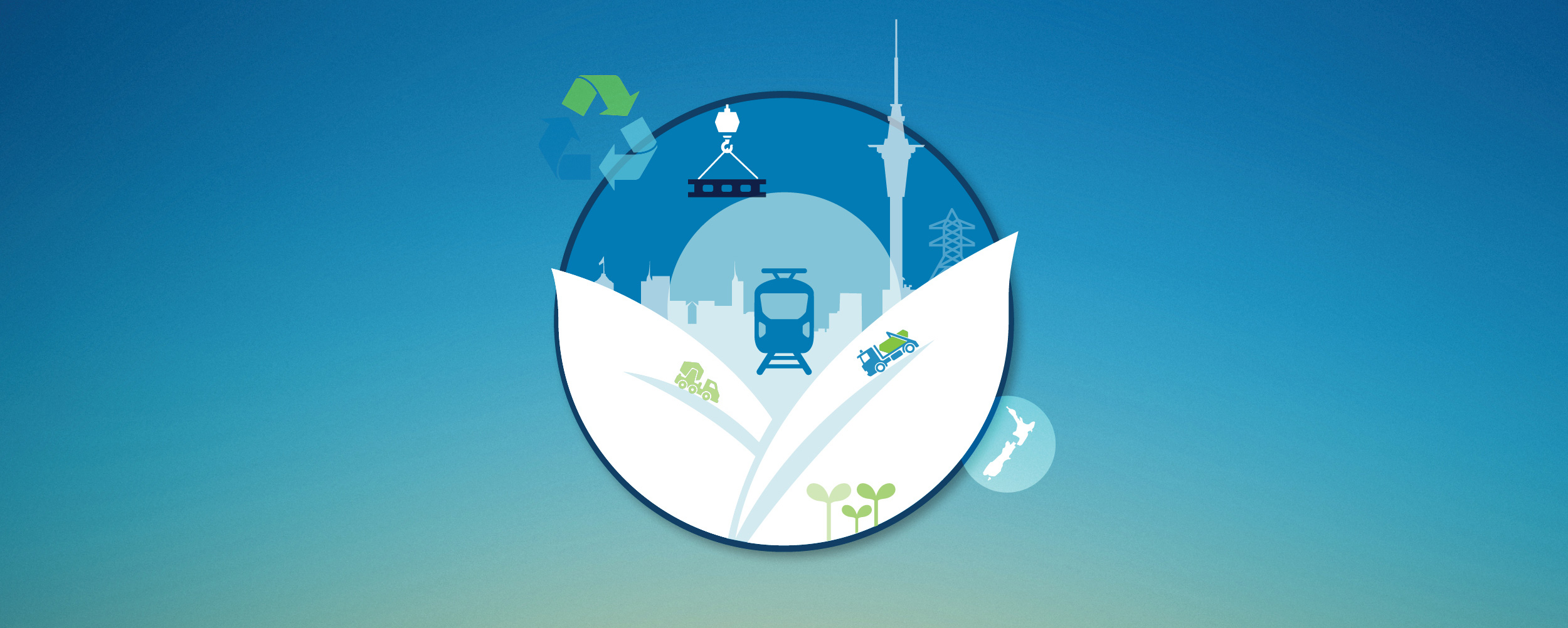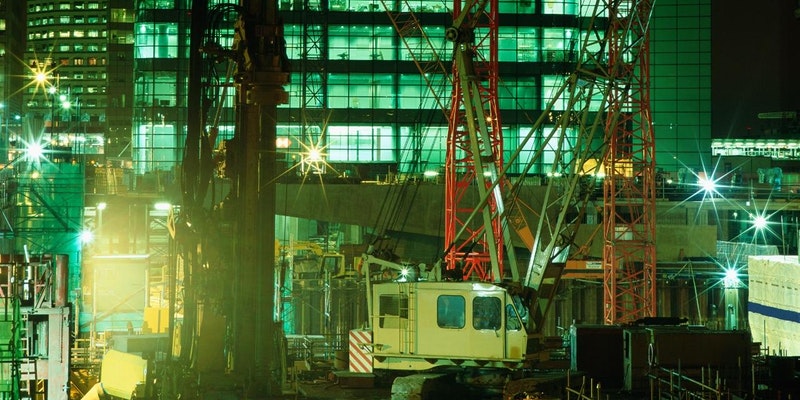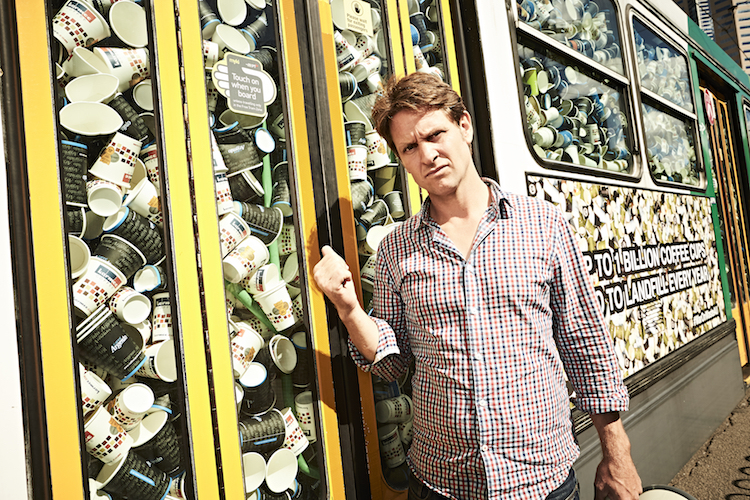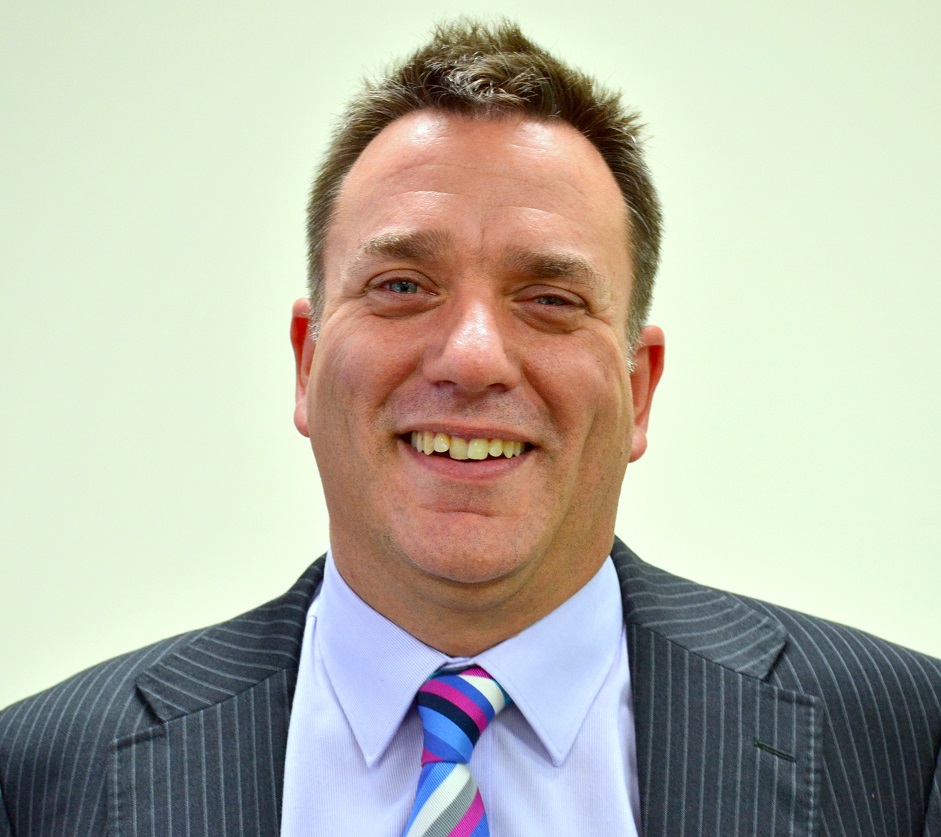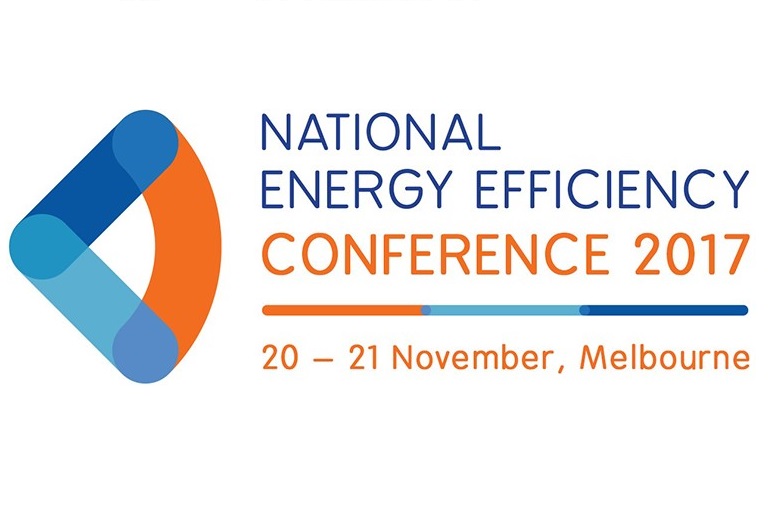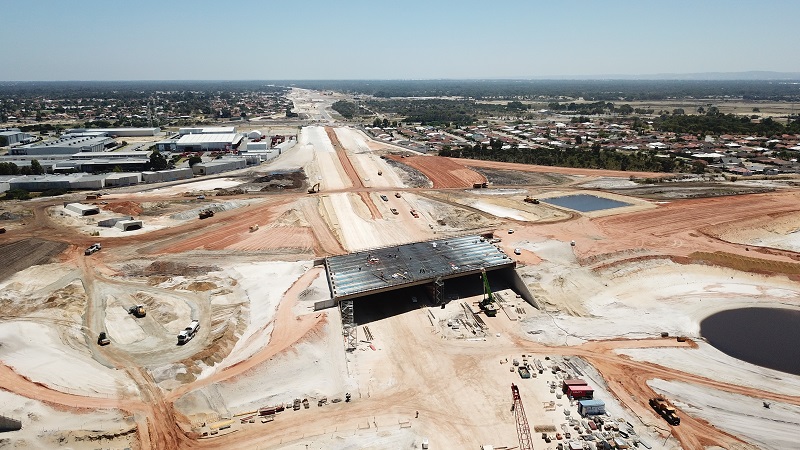ABC shows how to win the War on Waste – and there’s more to come
Taken from the Fifth Estate website. Katie Camero | 9 November 2017
Grassroots groups have been plugging away on waste for decades with limited success, but ABC’s War on Waste has come along and with it birthed a national movement and an ongoing, urgent conversation about how we must do things differently.
According to ABC impact producer Andy Marks, the program exceeded its viewership target by 50 per cent, reaching 3.7 million Australians and impacting individuals, cafes, organisations and schools across the country.
The series’ first three episodes, aired in May, focused on food waste, plastic pollution and coffee cup and fashion waste, along with many other issues that contribute to the eight per cent growth in Australian waste each year.
In his role Marks works directly with the public, NGOs and third party partners to help them engage their communities in what is now a national movement.
News articles covering the series received 1.5 million page views, and over 50 highly active national and local Facebook groups have sprung up independently, helping spread awareness on Australia’s waste problem.
There are also 42,000 posts on Instagram, increasing by the day five months later, promoting the series’ hashtag #WarOnWasteAU.
It’s the ABC’s biggest campaign yet.
Marks says the breadth of the audience was incredibly wide from young to old, covering the entire population. Forty per cent were under 50 – double the ABC average.
Impact on communities and organisations
Waste pollution is an issue individuals, organisations and governments have been struggling with for several years, yet one TV series seems to have generated more success in just a year.
In the first episode, host Craig Reucassel interviewed a banana farmer in Queensland. He wanted to bring awareness to the disheartening reality that about 40 per cent of edible bananas produced are thrown away, just because they don’t meet supermarkets’ aesthetic standards, being either too big or too small.
A clip on this encounter was released on social media and it quickly received over 16 million views, making it the biggest social media post in ABC’s history.

“This was an emotional piece to film because it touched people to see people working so hard on the land, and having such a passion for that product, to just see it dumped back into the ground again,” Marks told The Fifth Estate.
“It really surprised people and struck a chord.”
Coffee culture was another area positively influenced by War on Waste.
Organisation Responsible Cafes helps coffee shops promote reusable cups by providing support and promotion to cafes that offer discounts for customers that bring in their own cup.
Prior to the series’ debut, they had 420 member cafes, but just three days after the broadcast of episode three, which tackled coffee cup culture, they grew to 1050 members. They now have over 3000.
War on Waste also helped them design a survey to measure coffee cup behaviour, and found a 117 per cent increase in reusable coffee cup use since the series aired.
Some coffee shops across Australia have even stopped serving single-use cups and universities like UTS are briefing students on the importance of the issue.
Planet Ark also attributes its spike in members and volunteers to the War on Waste. For the period the series was on, they saw a 60 per cent increase in traffic, in comparison to their usual 19 per cent annual growth.
Schools have benefitted too
Schools around the country have also reported positive feedback from War on Waste.
The series has been shown in classrooms, coursework projects have been based on the show and some are running their own projects to reduce waste in their communities.
One school even produced a zero-waste theatre production inspired by the series.
Wagga Wagga Public School in NSW wove 900 plastic bags in one of their fences in the shape of a whale to spread their messages to drivers and pedestrians on reducing plastic use.
The fourth episode of the series, War on Waste: What’s Changing, will premiere on 3 December at 7:40pm. It focuses on container deposit schemes, cosmetic standards for fruits and vegetables and how supermarkets are responding, and Reucassel tracks down our federal environment minister to discuss a federal ban on plastic bags.
“[Waste is] an ongoing challenge for all of us,” Marks says.
“We all play a part in the problem, and we can all play a part in the solution.”


